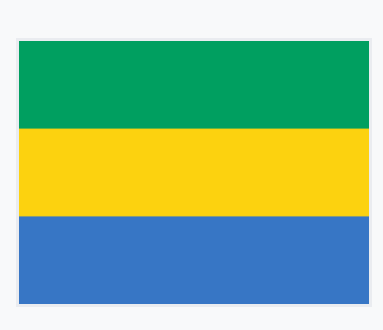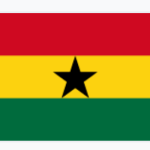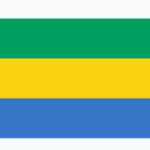If you are looking for a small but fascinating country to visit in West Africa, you might want to consider The Gambia. The Gambia is the smallest country on the African mainland, with a total area of 11,300 square kilometers. It is surrounded by Senegal on three sides, and has a 80-kilometer coastline on the Atlantic Ocean. The Gambia is named after the river that runs through it, which is one of the major attractions of the country.
The Gambia River is the longest and most important waterway in West Africa. It originates in the Fouta Djallon highlands in Guinea and flows for about 1,120 kilometers before reaching the Atlantic Ocean. Along its course, it passes through diverse landscapes, from savanna to mangrove swamps, and supports a rich biodiversity of flora and fauna. The river is also a source of livelihood for many Gambians, who depend on fishing, agriculture, and tourism.
The Gambia has a long and complex history, influenced by various cultures and civilizations. The first recorded visitors to the region were Arab traders in the 9th and 10th centuries, who introduced Islam to some of the local inhabitants. In the 15th century, Portuguese explorers arrived and established trade relations with the kingdoms along the river. Later, other European powers, such as France, Britain, and Denmark, competed for influence and control over the area. The Gambia became a British colony in 1765, and remained so until it gained its independence in 1965.
The Gambia has a diverse and vibrant culture, reflecting its ethnic and religious diversity. The country has about 2.5 million people, belonging to various ethnic groups, such as Mandinka, Fula, Wolof, Jola, Soninke, Serer, and others. Each group has its own language, traditions, and customs. English is the official language of the country, but many people also speak local languages or dialects. The majority of Gambians are Muslims (about 96%), but there are also Christians (about 3%) and followers of traditional beliefs.
The Gambia is known for its artistic and musical heritage, which has produced many renowned artists and performers. Some of the most famous Gambian musicians include Jaliba Kuyateh, Sona Jobarteh, Musa Ngum, Ifang Bondi, and Baaba Maal. Gambian music is influenced by various genres, such as griot music, Afro-pop, reggae, mbalax, and hip hop. Gambian art is also diverse and expressive, ranging from wood carving, pottery, weaving, batik, tie-dyeing, to painting and sculpture.
The Gambia is a popular tourist destination for many reasons. One of them is its beautiful beaches, which offer opportunities for relaxation, swimming, surfing, and water sports. Another reason is its wildlife and nature reserves, which protect some of the rarest and endangered species in Africa. Some of the most notable parks and reserves include Kiang West National Park, Abuko Nature Reserve, River Gambia National Park (also known as Baboon Island), Tanji Bird Reserve, Makasutu Cultural Forest, and Bijilo Forest Park. The Gambia also has a rich cultural heritage that can be explored through its museums, monuments, festivals, and markets. Some of the most interesting places to visit include Banjul (the capital city), Jufureh (the ancestral village of Kunta Kinte from Alex Haley’s novel Roots), James Island (a former slave trading post), Fort Bullen (a historical fort), Albert Market (a colorful market), Kachikally Crocodile Pool (a sacred pool with crocodiles), and Kartong Festival (a cultural festival).
The Gambia is a country that offers a lot to see and do for travelers who are interested in discovering its natural beauty, cultural diversity,
and historical legacy. It is a country that will surprise you with its charm and hospitality.








